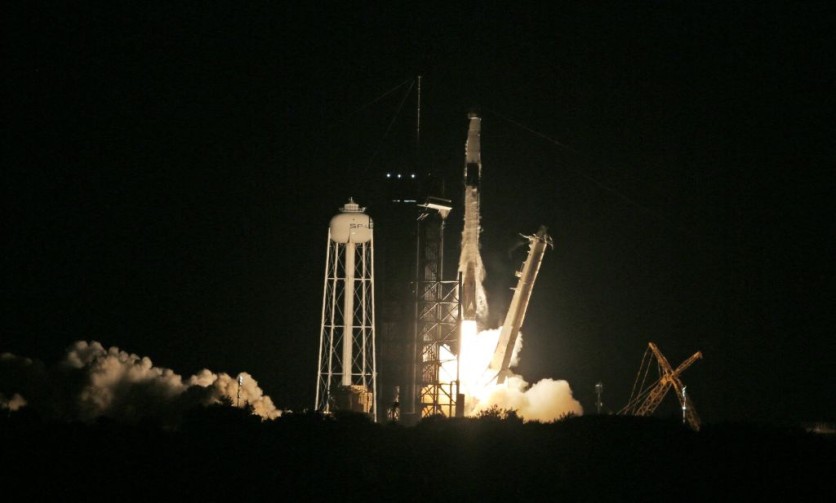China revealed in November 2021 that it was creating a potent nuclear reactor for its moon and Mars expeditions. Two project participants who worked on the engineering design of a prototype machine said it had been finished, and some essential parts had been constructed.
According to a recent SpaceNews report, the reactor has now passed a thorough performance assessment by China's Ministry of Science and Technology. But the publication did not mention any technical information about the reactor that would provide more details about the project.

100 Times More Powerful
The dynamic reactor was created by the Chinese Academy of Sciences. It can produce one megawatt of electricity, which is 100 times more powerful than a similar device that NASA hopes to place on the surface of the moon by 2030.
SpaceNews noted that this would be sufficient to power ten International Space Stations. The complex only receives a maximum of 120 kilowatts of electrical power, according to a previous NASA assessment.
According to Interesting Engineering, solar power generation is not enough for robotic expeditions to the outer planets since they get the sun's energy at incredibly low levels. Nuclear fission devices provide effective levels of power and electricity propulsion for such missions.
Reusable launchers, cryogenic rockets, and suborbital spacecraft are just a few of the deep space technologies that China has been developing recently to further its capabilities in this area. It has extensive knowledge of using nuclear power in space missions.
The nation has extensive experience with nuclear energy during space missions; the Change 3 moon lander, for instance, relied on a nuclear generator fuelled by plutonium to survive the chilly lunar night for two weeks.
Voyager-like missions are among the proposed Chinese missions that would use a nuclear space reactor to generate power for propulsion. The nation has plans to build a nuclear-powered Neptune orbiter, according to a pre-research study that was published in Scientia Sinica Technologica.
US Needs to Keep Up
In a government hearing last year, experts from NASA and the aerospace sector cautioned that the U.S. needed to move if it wanted to keep up with China.
NASA had previously talked about how nuclear propulsion electric propulsion technologies, as opposed to conventional chemical rockets, could speed up crewed trips to Mars.
According to NASA, nuclear electric propulsion technologies can push a Mars mission for a small fraction of the fuel used by high-thrust systems while providing sustained spacecraft acceleration.
NASA, DARPA, and the Department of Defense are working on several nuclear programs.
Related Article : NASA, China to Have Same Moon Landing Locations; Will This Be A Problem? Here's Why They Overlapped
This article is owned by Tech Times
Written by Joaquin Victor Tacla
![Apple Watch Series 10 [GPS 42mm]](https://d.techtimes.com/en/full/453899/apple-watch-series-10-gps-42mm.jpg?w=184&h=103&f=9fb3c2ea2db928c663d1d2eadbcb3e52)



